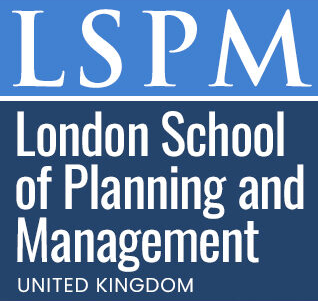Executive Certificate in 3D Printing Risk Control
Published on June 19, 2025
About this Podcast
HOST: Welcome to our podcast, today I'm thrilled to be speaking with an expert in the field of 3D printing risk control. Can you tell us a little bit about your experience and why this topic is so important to you? GUEST: Certainly, I've spent over 15 years working in manufacturing and additive manufacturing, and I've seen firsthand how critical it is to manage risks associated with 3D printing. This includes safety hazards, intellectual property issues, and supply chain vulnerabilities. HOST: That's fascinating. Could you share some current industry trends that are shaping the way we approach 3D printing risk control? GUEST: Absolutely. One trend is the increasing adoption of 3D printing in various industries like manufacturing, healthcare, and aerospace. As more organizations rely on this technology, the need for effective risk management becomes even more critical. Another trend is the growing focus on compliance and quality control, which are essential components of any robust risk control strategy. HOST: Indeed, those are important considerations. Now, what would you say are some of the biggest challenges faced when it comes to implementing risk control measures in 3D printing operations? GUEST: There are several challenges. First, there's a lack of standardization across the industry, which makes it difficult to establish uniform risk control practices. Second, there's a skills gap, with many professionals lacking the necessary expertise to manage 3D printing risks effectively. Lastly, there's the challenge of staying up-to-date with rapidly evolving technology and regulatory requirements. HOST: Those are significant challenges indeed. Looking ahead, where do you see the future of 3D printing risk control going? What changes or advancements can we expect in the coming years? GUEST: I believe we'll see more emphasis on automation, machine learning, and AI to help identify and mitigate risks. We'll also likely see increased collaboration between industry players, regulators, and academia to develop best practices and standards. Ultimately, the goal is to create a safer, more secure environment for additive manufacturing to thrive. HOST: That sounds very promising. Thank you for sharing your insights on this important topic. To learn more about effective 3D printing risk control strategies, be sure to check out the Executive Certificate in 3D Printing Risk Control. Thanks for joining us today! GUEST: My pleasure. Thanks for having me.
